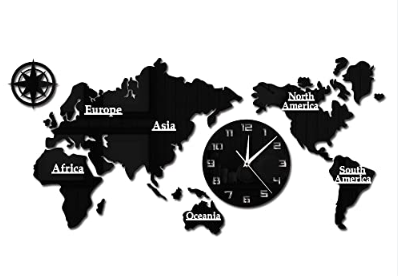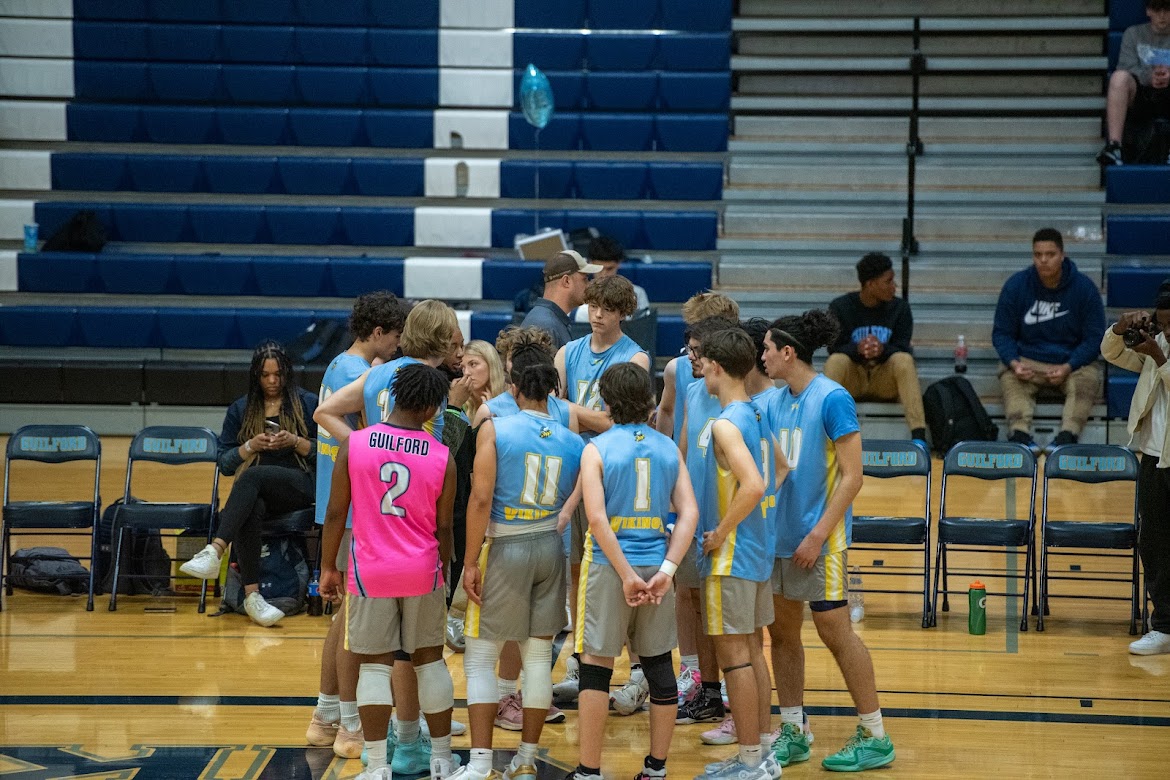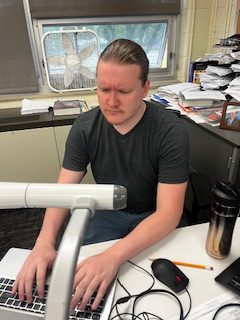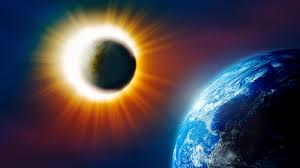By the end of 2024, we will experience our 28th forward “leap second.” The last time this leap second occurred was on Saturday, December 31, 2016 at 23:59:60 pm.
Leap seconds are added so that the clock time accurately reflects the Earth’s rotation. They pause the world clocks for one second to allow the Earth to “catch up,” which makes that minute add up to 61 seconds instead of 60.
But why do they do this?
The speed that the Earth rotates changes over time, and every so often we have to adjust our clocks to match its pace. The International Atomic Time (TAI) was established in 1955, and told the time of Earth’s core. Since that clock was put into place, the Coordinated Universal Time (UTC), which is the common time standard across the world, has fallen back 37 seconds. (According to the official timeanddate website.)
“We’ve created this man-made time that we have to stick to, and if we want to stick to our current way of keeping time, then we’re going to have to adjust,” said Mrs. Nicole Norton, junior physics teacher.
The first leap second was in 1972. The UTC had started to fall behind the TAI by 2.5 milliseconds each day. After a few years, these milliseconds added up. Today, the Earth’s lag is kept below 0.9 seconds.
“I just think it’s crazy that our world isn’t constantly going the same speed,” said Kayce Jill, sophomore. “That we have to literally change our perception of time to accommodate.”
Each of the world’s 27 leap seconds have been positive so far, but they are considering announcing the world’s first ever negative leap second. They predict this will occur in 2029.
But why?
According to an article from time.com, the Earth has been working up to a rapid speed for 50 years or so, but its gradual slowing has hid this fact. The melting ice at the north and south poles has caused the Earth’s mass to shift to the middle, creating an uneven balance.
The article states that if the melting hadn’t occurred, the first negative leap second would be due in 2026 instead of 2029.
“If we want to keep up with our current way of telling time, then we are going to have to make adjustments, just like we do on leap years,” said Mrs. Norton.















